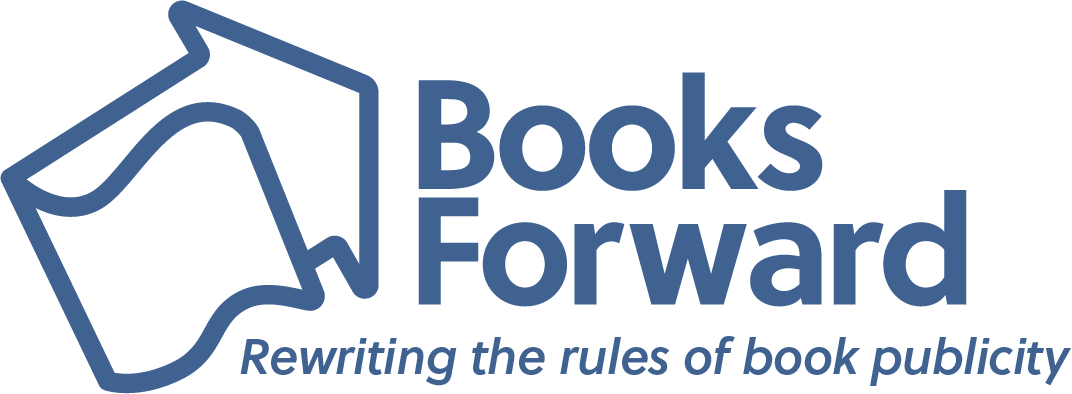Boozy Books List 2021
Summer is here, and we’ve created the perfect pairings of this season’s hottest summer reads with cool, delicious summer cocktails! Relax and enjoy with our Boozy Books List for Summer 2021, and share pics of your favorite pairings with us via Instagram and Twitter!
 There’s nothing accidental about how much you’ll enjoy this gorgeous novel or this classic cocktail that, according to the 1909 San Francisco Call, “makes a man willing to listen to the suffragettes’ proposition.” In fact, “two convince him that it has some merit. Three make him a missionary, willing to spread the gospel abroad, and four make him go home and wash the dishes.”
There’s nothing accidental about how much you’ll enjoy this gorgeous novel or this classic cocktail that, according to the 1909 San Francisco Call, “makes a man willing to listen to the suffragettes’ proposition.” In fact, “two convince him that it has some merit. Three make him a missionary, willing to spread the gospel abroad, and four make him go home and wash the dishes.”
What you’ll need: Sloe gin, vermouth, orange bitters, lemon peel – Get the recipe, or try this version with elderflower
About the book: It’s 1912, and protagonist Helen Fox is a factory worker living in New York’s tenements. When tragedy strikes in the Triangle Shirtwaist Factory fire, Helen is seduced by the Suffragist cause and is soon immersed, working alongside famous activists.
As Helen’s involvement with the cause deepens, she encounters myriad sources of tension that test her perseverance: estrangement from her husband, who is blindsided by his wife’s sudden activism; ostracization by neighbors; unease at working side by side with wealthier suffragettes; and worry about her children as she leaves them to picket the White House in Washington.
The narrative spans World War One and concludes with the triumph of 1919. In a time when the obstacles for women, from any background, were insurmountable, Helen discovers her voice as an independent woman and dreams of equality in a male-dominated society.
Release date: June 1, 2021, Wyatt-MacKenzie Publishing
Indulge in this glass of chocolatey goodness as you enjoy this delicious Cinderella romance about a billionaire chocolatier who takes a chance on love when least expected.
What you’ll need: Heavy cream, semi sweet chocolate, vodka, Baileys irish cream, grated chocolate – Get the recipe
About the Book: Temptation always leads to trouble…
Claire Lennox thought she could have it all—until trusting the wrong man destroyed her career, her reputation, and her heart. Now, as director of a literacy foundation, she has new ambitions. But when a sexy client tempts her to love again, does she dare? Billionaire chocolatier Clayton McClaine risks everything—even his heart—when he goes incognito, hoping to overcome the dyslexia that haunts him and threatens to destroy his carefully crafted image. They’re perfect for each other, except for one little thing—the billion-dollar deception that lies between them.
Release Date: September 7, 2021, Entangled
 This epic fantasy novel is absolutely magical–and so is this vivid color-changing cocktail that will make you feel as if you have powers of your own.
This epic fantasy novel is absolutely magical–and so is this vivid color-changing cocktail that will make you feel as if you have powers of your own.
What you’ll need: Gin, ginger liqueur, b’Lure butterfly pea extract, fresh-squeezed lemon juice – Get the recipe
About the Book: When young Lucia Sannon, High Maiden of Moz, receives a gift from her long lost father, her whole world changes. Lucia and the other heirs of nobility are forced to face the Sins of their forefathers and bring their world from the brink of Darkness. With the help of the Light Wings and its power, Lucia must heed the call to assemble the Light’s Virtues and lead them into battle against the very Sins that seek to destroy their world. But finding the four Virtues will not be easy, for much of the knowledge is lost and the understanding of one’s own morality is the only key to unlocking the power each of them holds within.
A story of faith and morality, Dutybound: Light Wings Volume 1 will lead you through a journey of self-discovery as our heroes face conflict from outside and within themselves. Duty, desire, envy, hope, hate, love, pride, and temperance all are challenged within this series in an epic tale that is sure to have you pondering your own true nature.
Release Date: June 22, 2021, Light Wings Promotions LLC
Turn any drink as silvery and magical looking as liquid mercury, and enjoy your beverage while you become enthralled by this gripping YA thriller about a group of high school girls who form a secret society after discovering they can communicate with boys from the past, but the situation devolves into a crucible of female desire, jealousy, and the shifting lines between friendship and rivalry.
What you’ll need: Your favorite cocktail + this silver cocktail glitter
About the Book: After her life is upended by divorce and a cross-country move, 16-year-old Saskia Brown feels like an outsider at her new school—not only is she a transplant, but she’s also biracial in a population of mostly white students. One day while visiting her only friend at her part-time library job, Saskia encounters a vial of liquid mercury, then touches an old daguerreotype—the precursor of the modern-day photograph—and makes a startling discovery. She is somehow able to visit the man in the portrait: Robert Cornelius, a brilliant young inventor from the nineteenth century. The hitch: she can see him only in her dreams. Saskia shares her revelation with some classmates, hoping to find connection and friendship among strangers. Under her guidance, the other girls steal portraits of young men from a local college’s daguerreotype collection and try the dangerous experiment for themselves. Soon, they each form a bond with their own “Mercury Boy,” from an injured Union soldier to a charming pickpocket in New York City. At night, the girls visit the boys in their dreams. During the day, they hold clandestine meetings of their new secret society. At first, the Mercury Boys Club is a thrilling diversion from their troubled everyday lives, but it’s not long before jealousy, violence and secrets threaten everything the girls hold dear.
Release Date: August 3, 2021, Soho Teen
 Feel the ocean breeze with this sweet cocktail and this seaside romance that will warm your heart like the summer sun.
Feel the ocean breeze with this sweet cocktail and this seaside romance that will warm your heart like the summer sun.
What you’ll need: Vodka, pineapple juice, cranberry juice – Get the recipe
About the Book: They have different ideas about the fate of an old inn…until it brings them together. When Sarah Lewis inherits a run-down B&B from her late grandmother in coastal Blue Moon Bay, the logical thing to do is sell it and focus on her life in L.A. But when she learns that interested buyers will only tear it down in its current state, she feels a sense of obligation to her grandmother to get it back to the landmark tourist destination it once was…even if that means hiring the best contractor for the job, who happens to be her old high school crush.
Wes Sharrun’s life has continued to unravel since the death of his wife three years before. Now with a struggling construction company and a nine-year-old daughter, he sees the B&B as an opportunity to get back on his feet. Unfortunately, despite trying to keep his distance, his daughter has taken a liking to Sarah, and his own feelings are tough to deny. As they spend more time together painting, exploring a forgotten treasure trove of wine in a basement cellar, and arguing over balcony placement, the more the spark between them ignites. But will saving the B&B be enough to convince them both to take a second chance at love?
Release Date: June 29, 2021, Entangled
Grab your passport — aka, this cocktail — and settle in for an armchair adventure around the world with this compelling, sardonic, and unusual memoir of (reluctant) expat life.
What you’ll need: Ginger liqueur, vodka, ice – Get the recipe
About the Book: Part dysfunctional marriage, part global romp, this is not your typical expat story. Em’s Awful Good Fortune is a deeply personal, marriage coming-apart-at-the-seams look at the struggle between a woman’s desire for partnership and her need for identity. Fueled by twin demons, love and rage, Em stomps her way around the world coming to terms with the fantasy of having it all: husband, kids, and a career. Em is not just married; it’s more like being handcuffed to her husband’s international career. Her life reads like a fantasy, bouncing between Los Angeles, Paris, Tokyo, Shanghai, and Seoul. But–the good fortune is all her husband’s: Em is just the tagalong wife. Maxfield’s compelling, non-linear story explores the expatriate lifestyle through the lens of a crumbling marriage, while at the same time tracing the lasting impact of sexual assault and PTSD. Em’s journey exposes the dark corners of this seemingly privileged world: loneliness, depression, infidelity, and loss of career. An empowering, uncomfortably funny narrative about compromise that every woman should read. As Em begins to value her needs before those of her husband’s career, she stops letting herself be dragged along for the ride–and ultimately emerges triumphant.
Release Date: August 3, 2021, She Writes Press
 This classic, smoky drink is the kind of hardboiled beverage we need for a steampunk-esque mystery about a veteran PI who gets embroiled in a plot that puts him in the crosshairs of a mysterious force.
This classic, smoky drink is the kind of hardboiled beverage we need for a steampunk-esque mystery about a veteran PI who gets embroiled in a plot that puts him in the crosshairs of a mysterious force.
What you’ll need: Whiskey, beer – Get the recipe
About the Book: Kidnapping. Enslavement. Murder. Those are only the tip of the iceberg when it comes to actions some will take to protect their interests in æther-oil, the coveted substance that fuels the city of Huile. As both veteran and private investigator, Marcel Talwar knows this firsthand, and he likes to think he’d never participate in such things. However, that naïve idea comes to a crashing end when he takes on a new case that quickly shatters his worldview. A trail of evidence points to someone in Marcel’s inner circle who’s using him as a pawn to conduct grisly experiments-experiments that could lead to genocide.
Now, Marcel is more determined than ever to discover who’s pulling the strings to this sinister plot. But the further he gets, the larger the target on his back becomes, and it’s not long before Marcel has to ask himself how much and how many he’s willing to sacrifice to get to the truth.
Release Date: July 20, 2021, Tiny Fox Press LLC
Justice never tasted so good. Sit back, sip, and relax while perusing this essential guide–and while you’re at it, check out this list of cocktail bars that donate to good causes to see if there’s a location near you!
What you’ll need: Ginger beer, Fernet, orange wedge, orange rind – Get the recipe
About the Book: Leading in organizations working for justice is not the same as leading anywhere else. Staff expect to be treated as partners and demand internal practices that center equity. Justice leaders must meet these expectations, as well as recognize and address the ways that individuals and organizations inadvertently replicate oppression. Created specifically for social justice leaders, Leading for Justice addresses specific concerns and issues that beset organizations working for social justice and offers practices and models that center justice and equity. Topics include: the role of a supervisor in a social justice organization, the importance of self-awareness, issues of power and privilege, human resources as a justice partner, misses and messes, and clear guidelines for holding people accountable in a manner that is respectful and effective. Written in a friendly, accessible, and supportive tone, and offering discussion questions at the end of each short section to make the book user-friendly for both individuals and teams, Leading for Justice is a book for leaders who want to walk the talk of supporting social justice, in their organizations and in the world.
Release Date: August 3, 2021, She Writes Press
 Revenge is best served cold (and so is this cocktail) as we’re caught in the chilling grip of a new Sasha Frank detective mystery and prequel to his hit debut, Deliberate Duplicity.
Revenge is best served cold (and so is this cocktail) as we’re caught in the chilling grip of a new Sasha Frank detective mystery and prequel to his hit debut, Deliberate Duplicity.
What you’ll need: Ice cubes, Blue Curacao, Smirnoff Ice, peppermint sticks – Get the recipe
About the book: Ashley Cummins, the granddaughter of a powerful judge, is unexpectedly shot while buying drugs from her dealer late one night on a city street. As detective Sasha Frank investigates her murder, all of his possible suspects start showing up dead or missing. Who is behind the killings? As pressure builds on Sasha to solve the case, he uncovers new information that begins to unravel a complicated web of evidence–will Sasha be able to prove who the killer is and take down the person responsible for the murders? Cold Consequences is the exciting second book in David Rohlfing’s Detective Sasha Frank Mystery Series.
It serves as a prequel to Rohlfing’s Deliberate Duplicity. Fans of the mystery-thriller genre will love this gripping new tale. Full of exciting twists and turns, readers won’t be able to put the book down as Sasha pursues every lead to find the killer.
Release date: July 27, 2021, River Grove Books
Both the drink and this steamy Western romance are rugged, sweet, and totally sexy.
What you’ll need: Blended whiskey, triple sec, superfine sugar, bitters – Get the recipe
About the Book: Gray “Quick Shot” Woodson is the fastest gun west of the Mississippi. Unfortunately, he’s ready to hang up his hat. Sure, being notorious has its perks. But the nomadic lifestyle–and people always tryin’ to kill you–gets old real fast.
Now he just wants to find a place to retire so he can spend his days the way the good Lord intended. Staring at the sunset. And napping.
When his stubborn horse drags him into a hole-in-the-wall town called Desolation, something about the place calls to Gray, and he figures he might actually have a shot at a sleepy retirement.
His optimism lasts about a minute and a half.
Soon he finds himself embroiled in a town vendetta and married to a woman named Mercy. Who, judging by her aggravating personality, doesn’t know the meaning of her own name. In fact, she’s downright impossible.
But dang it if his wife isn’t irresistible. If only she’d stop trying to steal his guns to go after the bad guys herself.
There goes his peace and quiet…
Release Date: August 24, 2021, Entangled
 This dark and sinfully delicious sangria is sure to be a conversation starter, just like this gripping YA fantasy series about a dystopian government that punishes people based on the seven deadly sins–but love is the most forbidden of all.
This dark and sinfully delicious sangria is sure to be a conversation starter, just like this gripping YA fantasy series about a dystopian government that punishes people based on the seven deadly sins–but love is the most forbidden of all.
What you’ll need: Apples, oranges, pears, red wine, cinnamon sticks, brandy, Sparkling Ice Orange Mango – Get the recipe
About the Book: What do you do when the victory you’ve been fighting for is doomed to break your heart? Rogue bellators Eva Marteinn and Ari Westergaard have escaped the restrictive world of the Commonwealth, and they would like nothing more than to leave it behind forever. But Eva is the formidable weapon the Commonwealth wants-and they’ll stop at nothing to get her back. For years, Ari has seen Eva as his temptation and his secret, his virtue and his sin.
Now that they’re finally free, he wants what he’s been craving-to start a new life…with her. But Eva is keeping a devastating secret of her own: the very victory against the Commonwealth the two of them have been fighting for is doomed to break their hearts. She faces an impossible decision-to be the face of the revolution she’s dedicated her life to and abandon the boy she loves…or to sacrifice everything she’s fought for to stand by his side.
Release Date: August 3, 2021, Blue Crow Publishing
This glorious cocktail undergoes a colorful transformation and (literally) burns with a vibrant flame, making it the perfect pairing for this wonderful book on “unlocking the power of midlife women.”
What you’ll need: Gin, rum, b’Lure butterfly pea extract, lemon and elderflower syrup, cinnamon, ice – Get the recipe
About the Book: Ever since Eve was banned from the garden, women have endured the oftentimes painful and inaccurate definitions foisted upon them by the patriarchy. Maiden, mother, and crone, representing the three stages assigned to a woman’s life cycle, have been the limiting categories of both ancient and modern (neo-pagan) mythology. And one label in particular rankles: crone. The word conjures a wizened hag–useless for the most part, marginalized by appearance and ability. None of us has ever truly fit the old-crone image, and for today’s midlife women, a new archetype is being birthed: the creatrix. In Creatrix Rising, Stephanie Raffelock lays out–through personal stories and essays–the highlights of the past fifty years, in which women have gone from a quiet strength to a resounding voice. She invites us along on her own transformational journey by providing probing questions for reflection so that we can flesh out and bring to life this new archetype within ourselves. If what the Dalai Lama has predicted–that women will save the world–proves true, then the creatrix will for certain be out front, leading the pack.
Release Date: August 24, 2021, She Writes Press
Chelsea is a copywriter, editor, publicist, and content creator at Books Forward, an author publicity and book marketing firm committed to promoting voices from a diverse variety of communities. From book reviews and author events, to social media and digital marketing, we help authors find success and connect with readers. Interested in what’s possible for your book sales and building readership? Check out our services, tell us your goals, and get a customized publicity campaign tailored just for you.


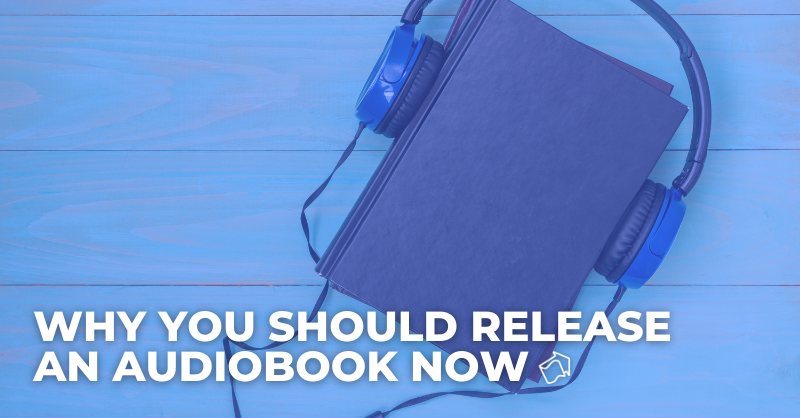

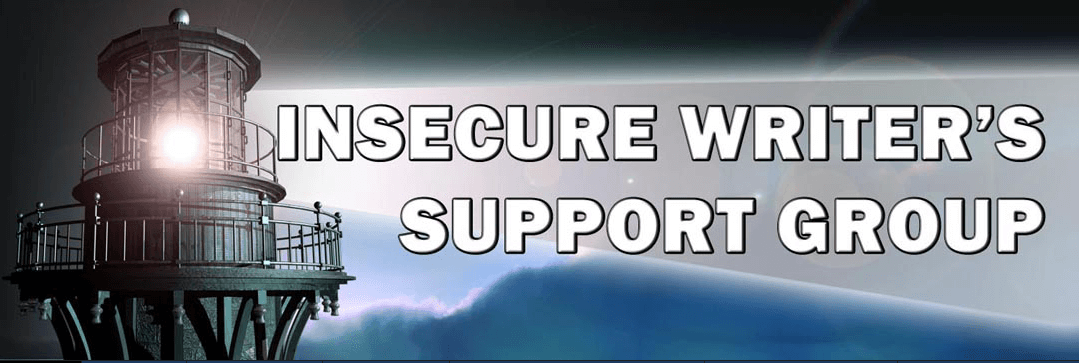
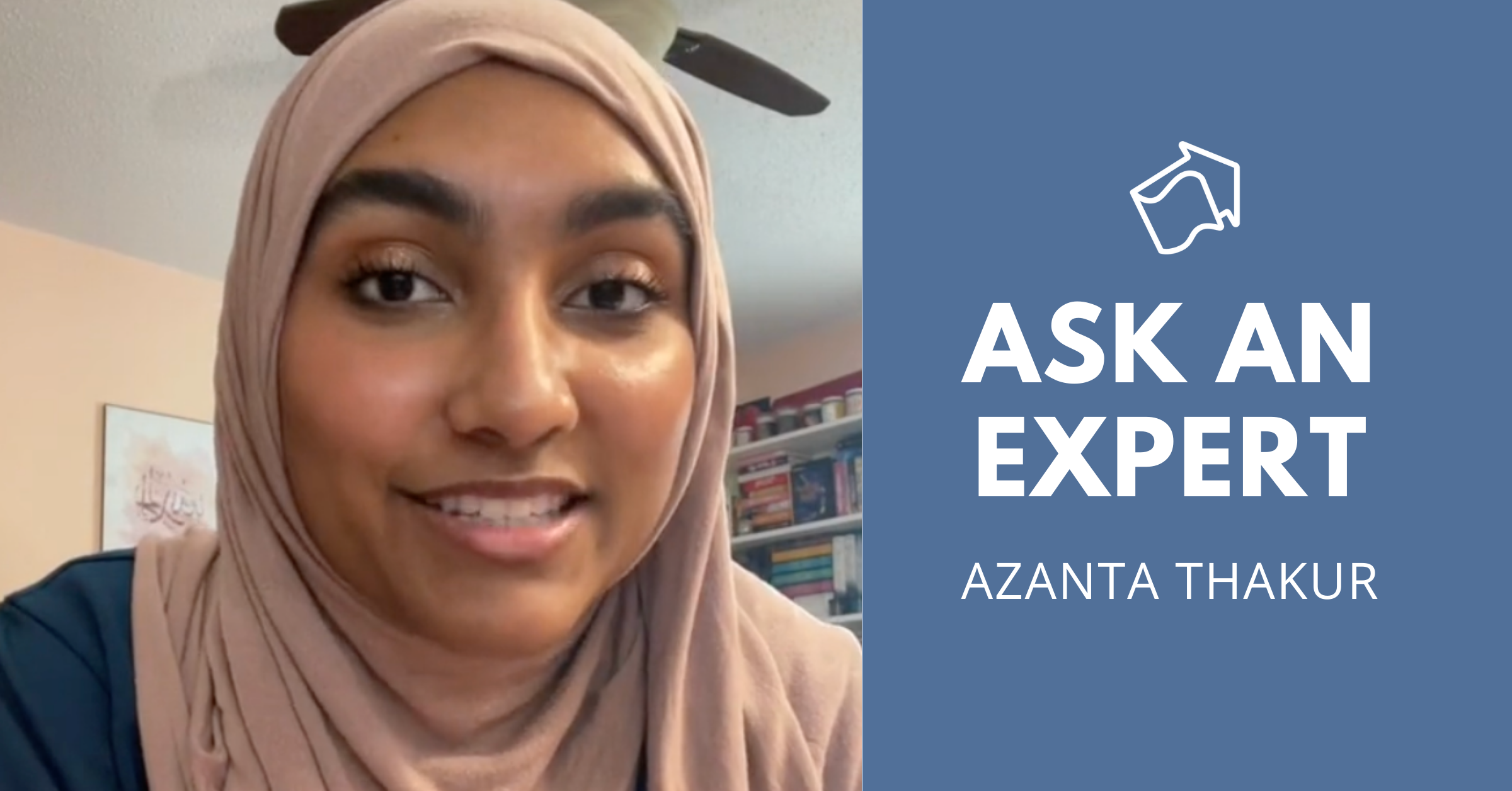
 What design elements contribute to a great book cover design? And what book cover design trends are popular in 2021 and beyond? Today on our Ask an Expert series, we’re sitting down with book cover designer
What design elements contribute to a great book cover design? And what book cover design trends are popular in 2021 and beyond? Today on our Ask an Expert series, we’re sitting down with book cover designer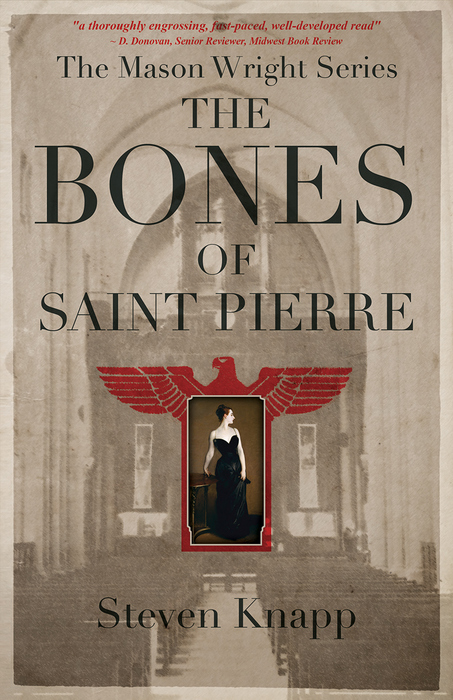 Absolutely. Readers who are looking for a new book expect to see certain design criteria which communicate the genre to them. If you were in the business of selling toasters, would you sell them in boxes that have a picture of a blender on them? Absolutely not. At the end of the day, you would have a lot of confused, angry customers. Similarly, you don’t want your non-fiction book on furniture making to have a romance-styled photo of embracing lovers on the cover and vice-versa.
Absolutely. Readers who are looking for a new book expect to see certain design criteria which communicate the genre to them. If you were in the business of selling toasters, would you sell them in boxes that have a picture of a blender on them? Absolutely not. At the end of the day, you would have a lot of confused, angry customers. Similarly, you don’t want your non-fiction book on furniture making to have a romance-styled photo of embracing lovers on the cover and vice-versa.
 There’s nothing accidental about how much you’ll enjoy this gorgeous novel or this classic cocktail that, according to the
There’s nothing accidental about how much you’ll enjoy this gorgeous novel or this classic cocktail that, according to the  This epic fantasy novel is absolutely magical–and so is this vivid color-changing cocktail that will make you feel as if you have powers of your own.
This epic fantasy novel is absolutely magical–and so is this vivid color-changing cocktail that will make you feel as if you have powers of your own.  Feel the ocean breeze with this sweet cocktail and this seaside romance that will warm your heart like the summer sun.
Feel the ocean breeze with this sweet cocktail and this seaside romance that will warm your heart like the summer sun.  This classic, smoky drink is the kind of hardboiled beverage we need for a steampunk-esque mystery about a veteran PI who gets embroiled in a plot that puts him in the crosshairs of a mysterious force.
This classic, smoky drink is the kind of hardboiled beverage we need for a steampunk-esque mystery about a veteran PI who gets embroiled in a plot that puts him in the crosshairs of a mysterious force.  Revenge is best served cold (and so is this cocktail) as we’re caught in the chilling grip of a new Sasha Frank detective mystery and prequel to his hit debut,
Revenge is best served cold (and so is this cocktail) as we’re caught in the chilling grip of a new Sasha Frank detective mystery and prequel to his hit debut,  This dark and sinfully delicious sangria is sure to be a conversation starter, just like this gripping YA fantasy series about a dystopian government that punishes people based on the seven deadly sins–but love is the most forbidden of all.
This dark and sinfully delicious sangria is sure to be a conversation starter, just like this gripping YA fantasy series about a dystopian government that punishes people based on the seven deadly sins–but love is the most forbidden of all. 
